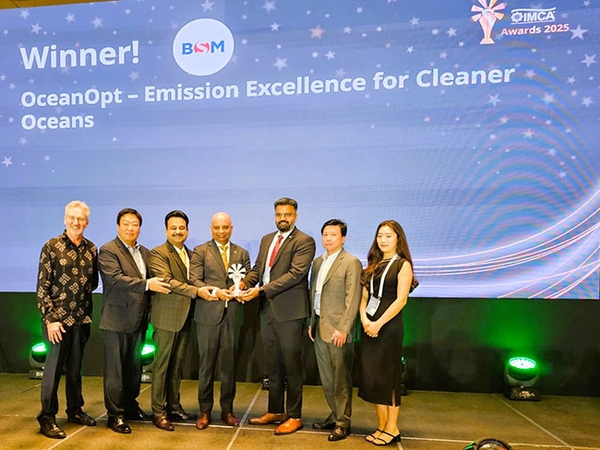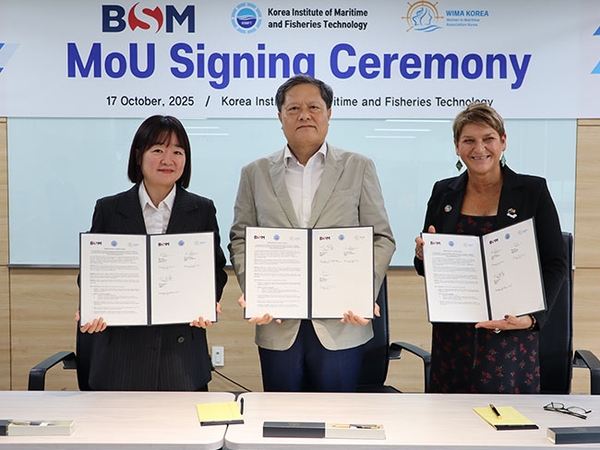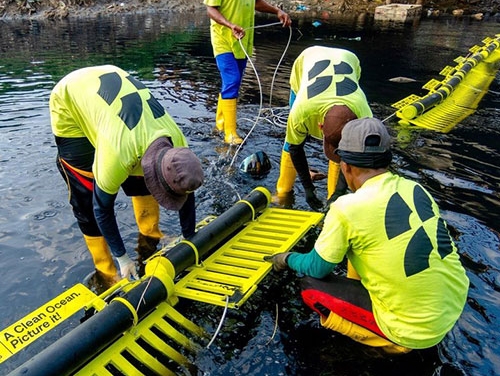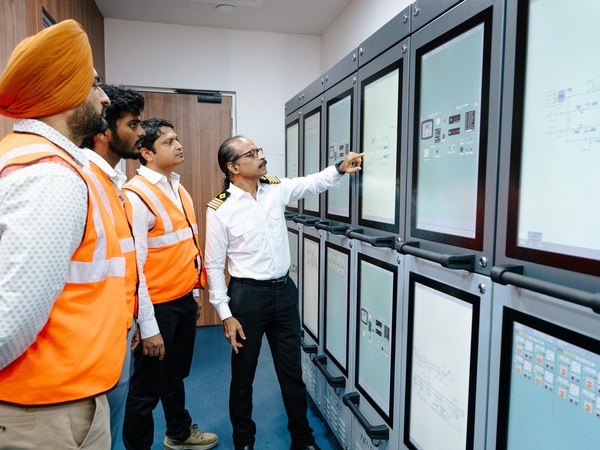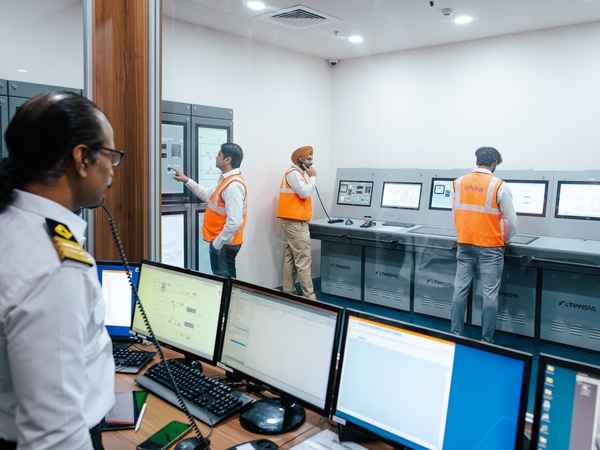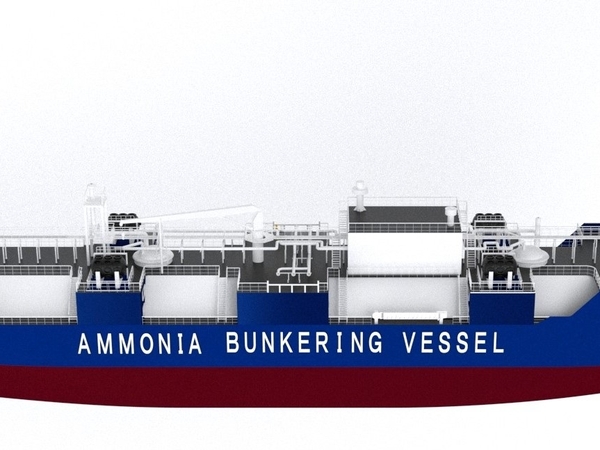Bernhard Schulte (BS) decided to provide all their container ships with the Viking 52 HydroPen container firefighting system. Larger ships will receive two such systems while small ships will receive one. The main objective is to improve the ships’ ability to fight container fires, both at source and at height.
HydroPen is a drill-and-spray solution for fighting container fires. The system is driven by water pressure through an attached deck fire hose. When water pressure is activated, a turbine will drive the HydroPen drilling unit until it penetrates the container door. The system will then spray water into the container to extinguish the fire directly at the source.
The system can be deployed at heights up to and including the fourth standard ISO container above the main deck or upper lashing bridge. In addition to water, the system is compatible with foam or CO2.
System overview
- HydroPen drilling unit: This consists of a water driven turbine, hole saw (drill) and a mounting. structure. The unit is lifted by a telescopic pole to the burning container and automatically connects to the door.
- Lift System / telescopic pole with winch: To hoist the HydroPen to reach stacked containers up to a height of 12.5 m. It consists of a telescopic pole with a winch at the bottom and a hook with a block wheel at the top. Once the hook of the lift is connected on the lashing bar of the container, the winch is used to hoist the HydroPen to the top of the lift.
- Hydrolock: An add-on device enabling the use of HydroPen drilling unit on reachable containers at deck / lashing bridge / and cargo hold level without the telescopic pole.


